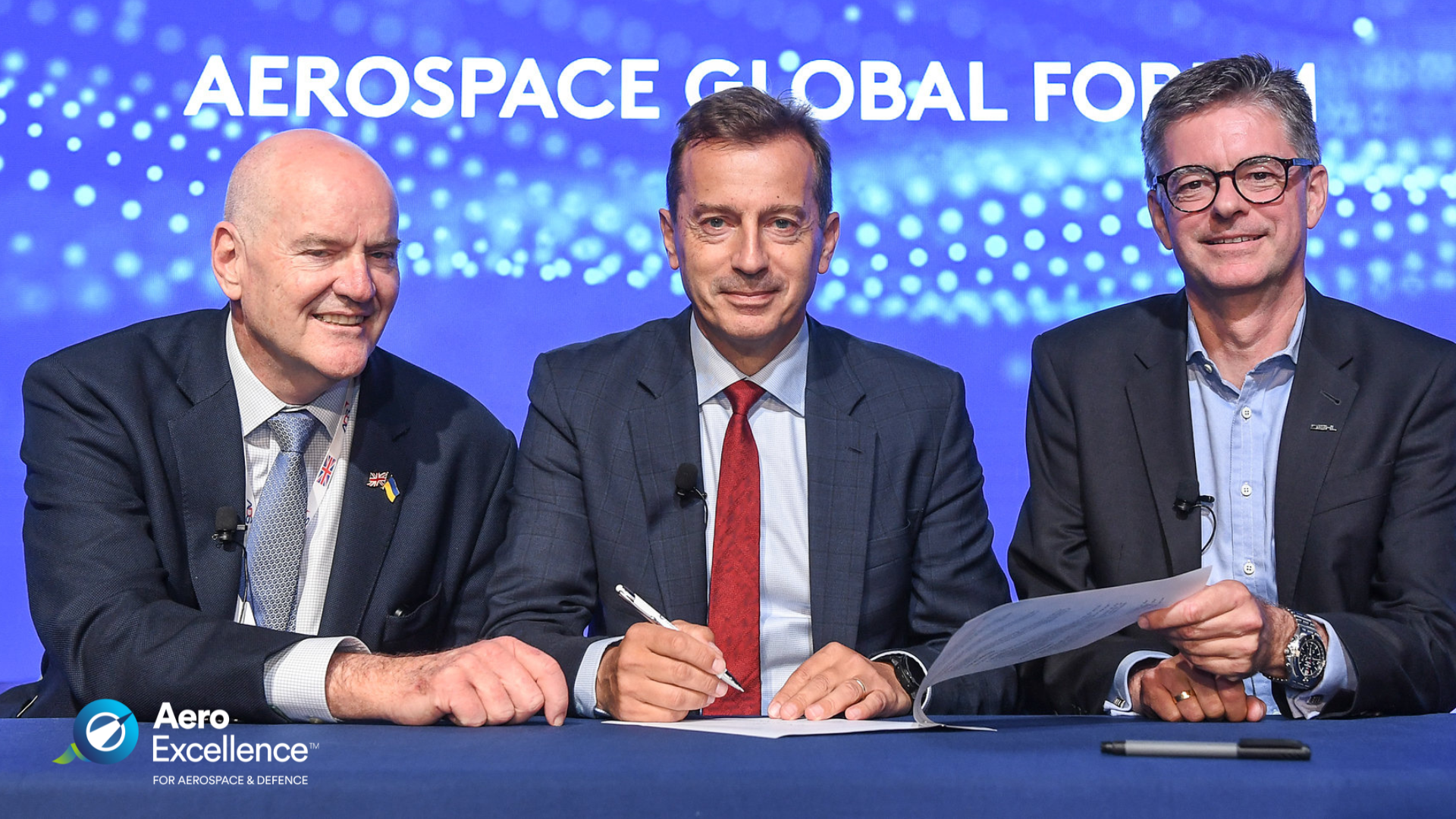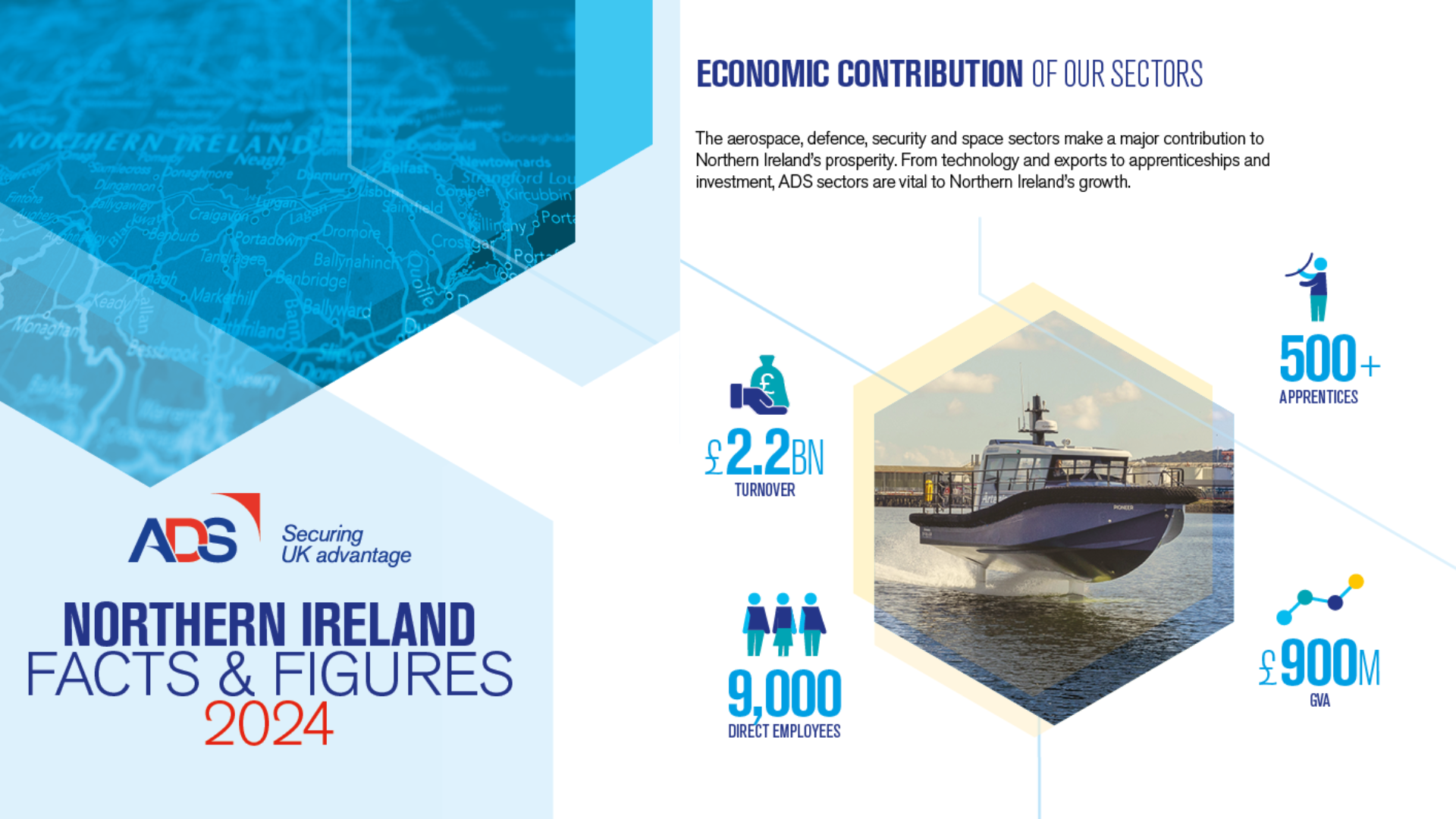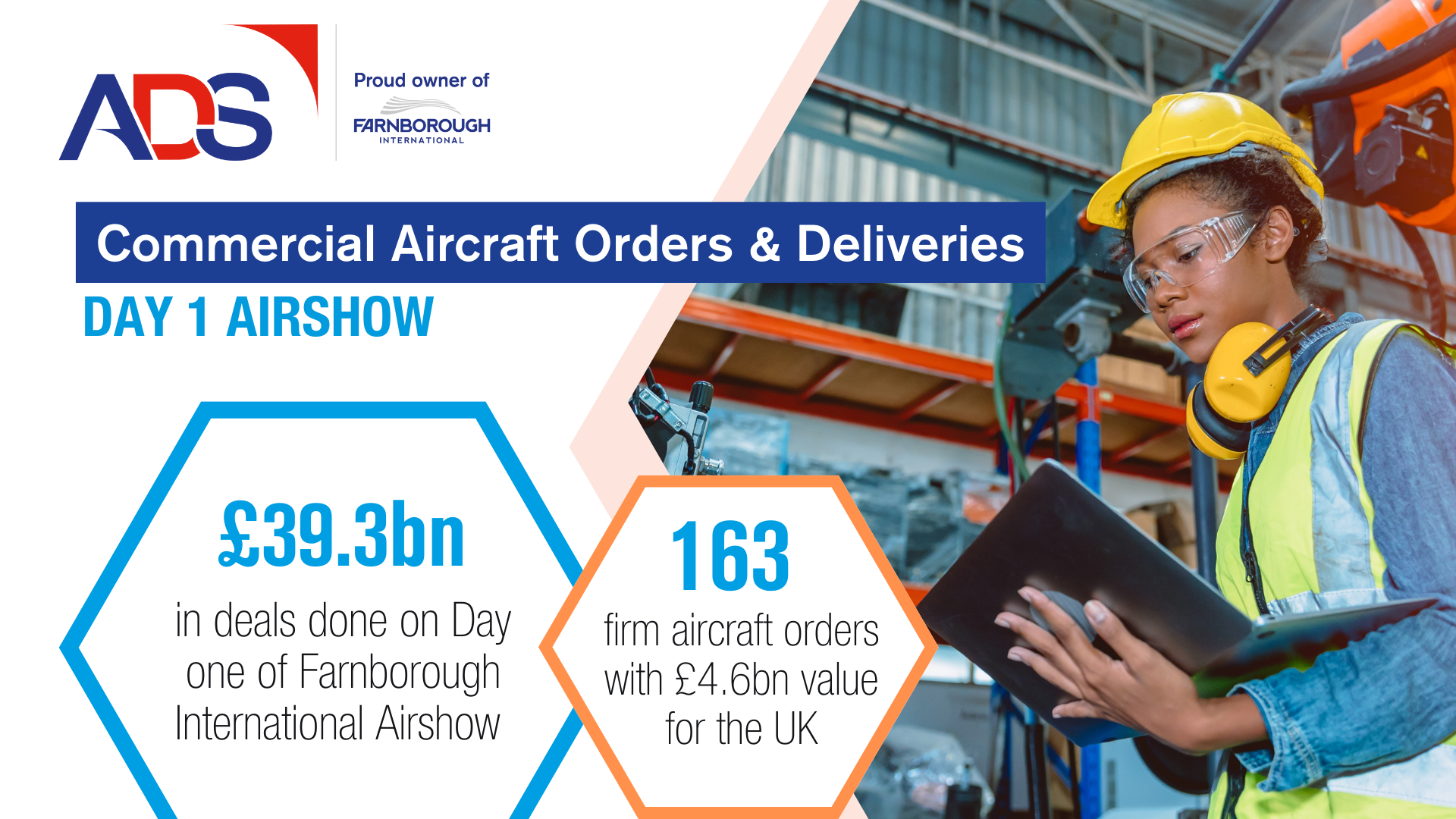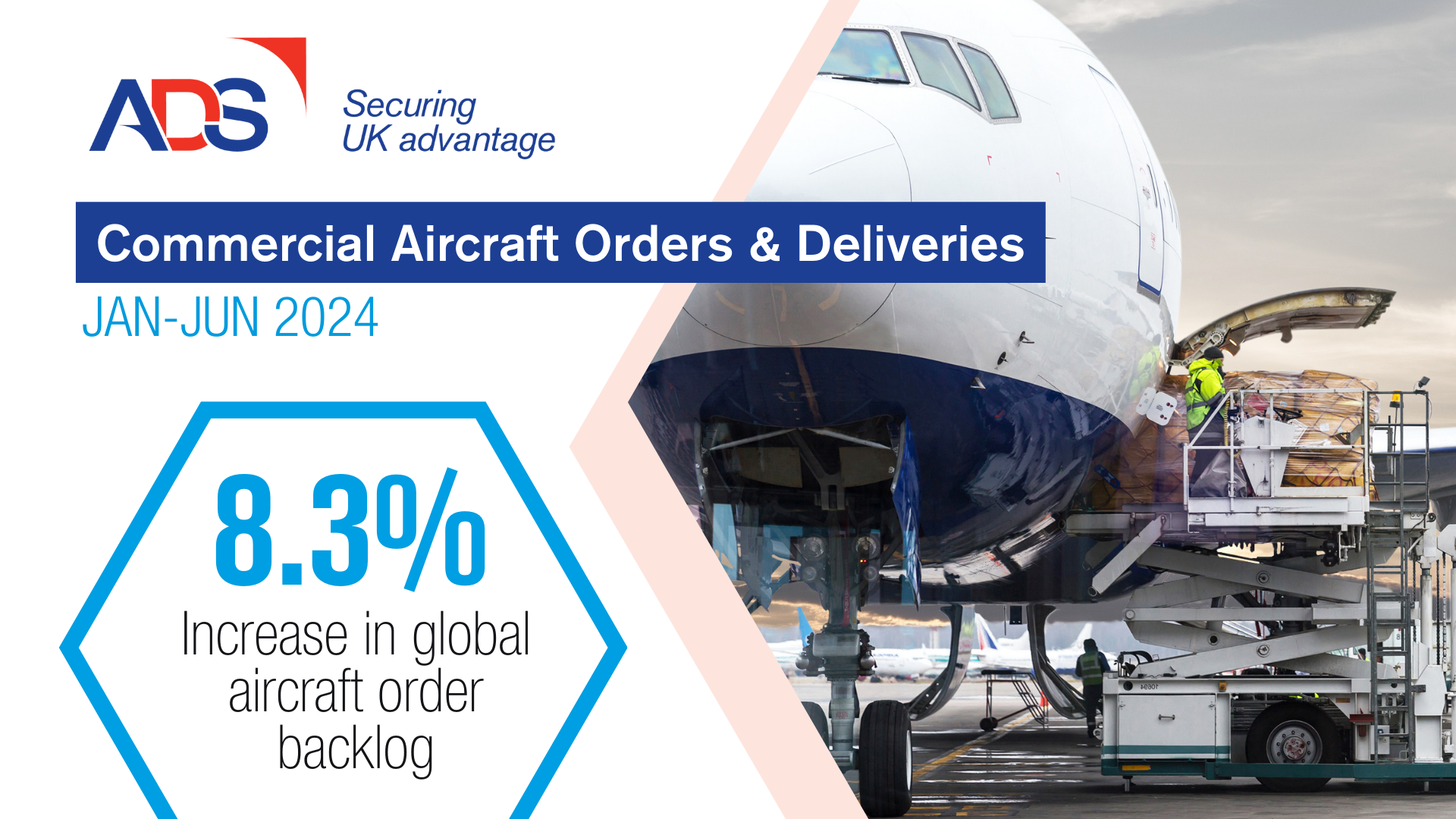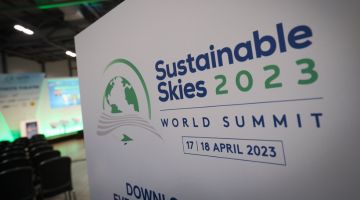
The 17 and 18 April saw the return of the Sustainable Skies World Summit to Farnborough International, building on the success of last year’s inaugural event. This year’s summit and the ever-growing need for sustainability demonstrate it’s likelihood to become a permanent fixture on the aviation calendar. In attendance was the Secretary of State for Transport, Mark Harper MP, who delivered a speech detailing the Jet Zero Council’s plan for the next two years and the UK Government’s commitment to decarbonise aviation by 2050. This was supported by the announcement of Sustainable Aviation’s updated Net Zero Carbon Road Map. The updated Road Map is a welcome development, and ADS Chief Executive Kevin Craven’s comments can be found here.
There was understandably a lot of discussion focussed on new technologies, their varying advantages and disadvantages, and the challenges each could face during implementation. The increased usage and legislation surrounding Sustainable Aviation Fuel (SAF) was a large focal point of the two-day summit, with an impressive fly-by from a passenger-carrying Royal Air Force Voyager aircraft operating with a 43% SAF-fuel blend.
Whilst it is currently unfeasible to fuel all UK flights with SAF due to its limited supply, the UK aims to have built five SAF production plants by 2025, with the goal of increasing the availability whilst reducing the cost of SAF for the UK aviation industry.
Exhibitors and speakers also discussed the use of hydrogen and electricity to achieve sustainable aviation. Hydrogen’s clean-burning nature has ensured that it is at the forefront of discussions on sustainable flying, with Rolls-Royce exhibiting their AE-2100A engine – that was successfully tested with hydrogen fuel last November – throughout the summit. In contrast, batteries density and thus enormous weight when scaled to the size needed for supporting passenger flight is a large hurdle to overcome, however they have proved efficient for small-capacity aircraft that do not require long flight duration and are used less frequently than commercial aircraft – useful for areas with limited road accessibility such as the north of Scotland.
There was a collective drive to ensure that not only are the propulsion systems proposed sustainable, but that the entire supply chain strives for net-zero emissions: the idea of ‘total-zero’. This ranges from the new production plants for SAF, hydrogen, and Power-to-Liquid (PtL) fuels, to the airports and their accompanying infrastructure. One such proposal was the production of electricity and hydrogen at airports themselves, reducing import and transportation costs for commodities they could so heavily rely upon in the future.
Taking all this into consideration, there was significant discussion of policies that could enable a faster and better transition to sustainable aviation in the future. There were consistent calls to provide support for the afore-mentioned infrastructure and to do more to get young and diverse people involved with the new innovative technologies. Academics and industry members alike also agreed that there needed to be consideration of the price of sustainable fuel on a global scale akin to that of currently used jet fuel, to avoid a price war that could deter all nations from achieving sustainable aviation entirely.
Lastly, the current public perception of the aviation industry and its sustainability goals was reviewed, and subsequently ways to improve this perception. According to surveys by IPSOS the public has low awareness and acknowledgement of any efforts by the aviation industry to become sustainable, and if aware of any efforts there are low levels of trust in the industry to deliver on these promises. To improve these public opinions, there was consensus that industry must increase visibility of its sustainable efforts, initiatives, and activities, and advertise more sustainability roles and requirements within companies to help perceptions of the industry.

